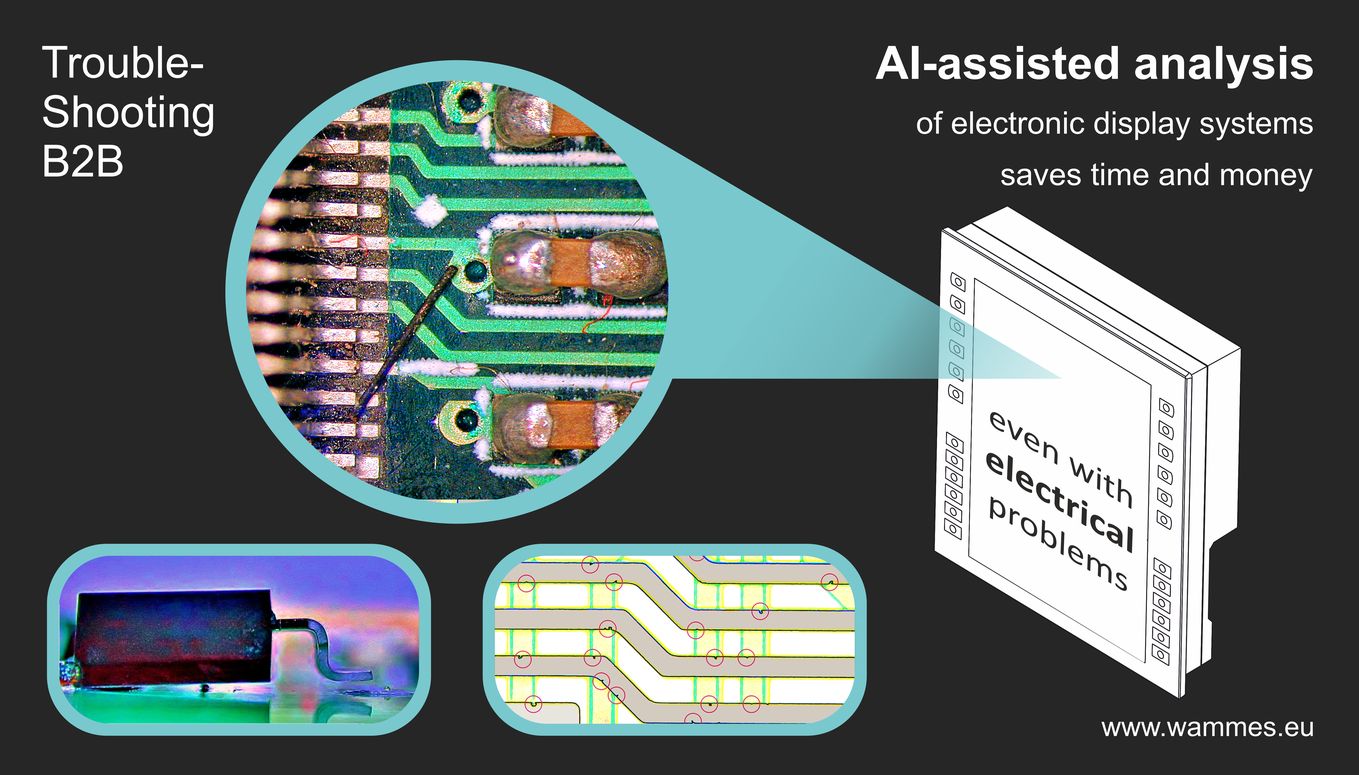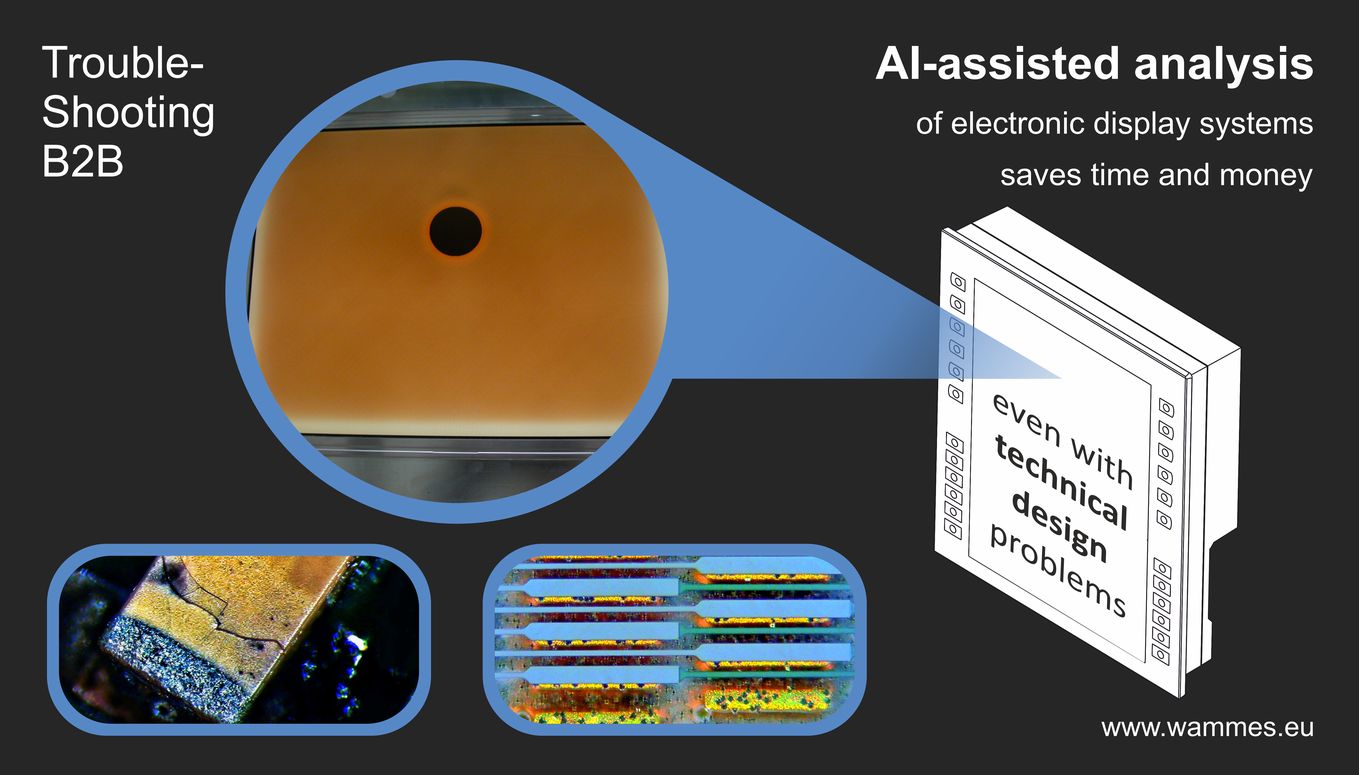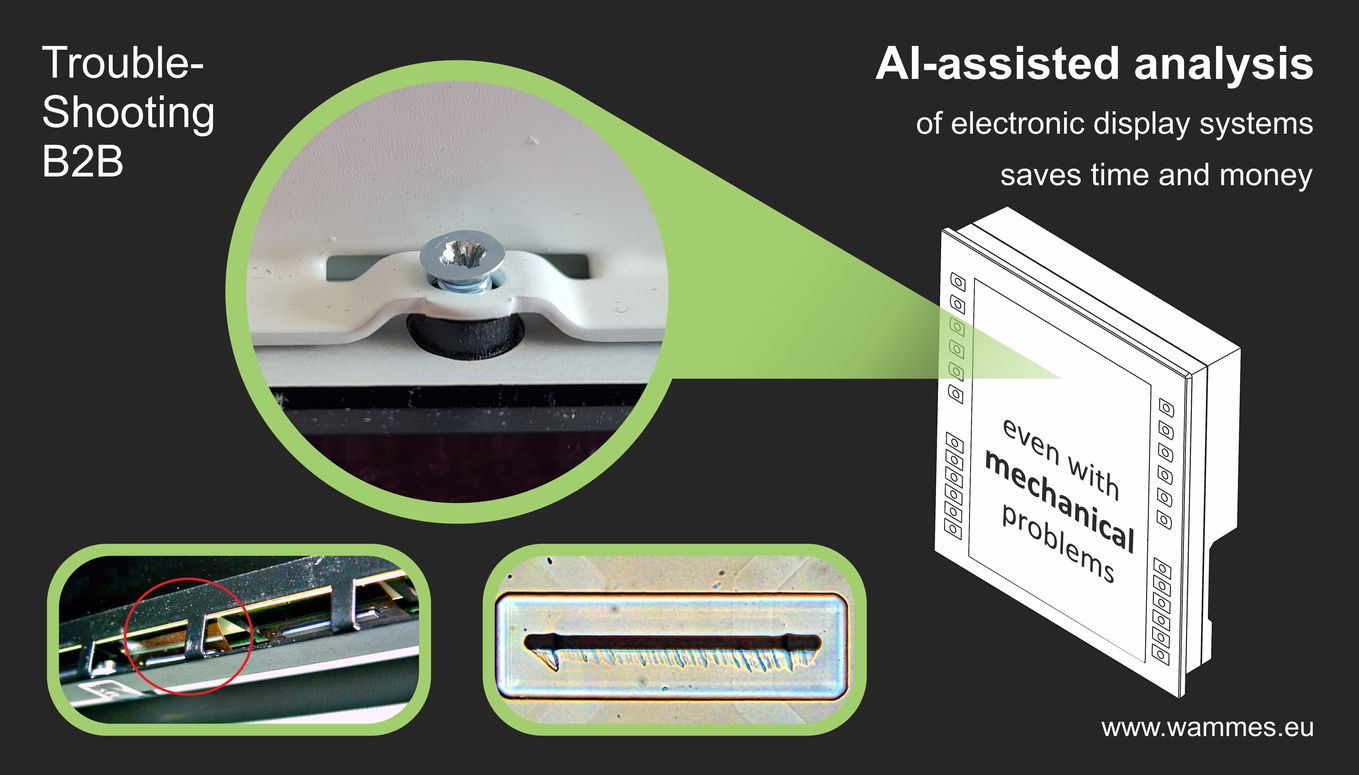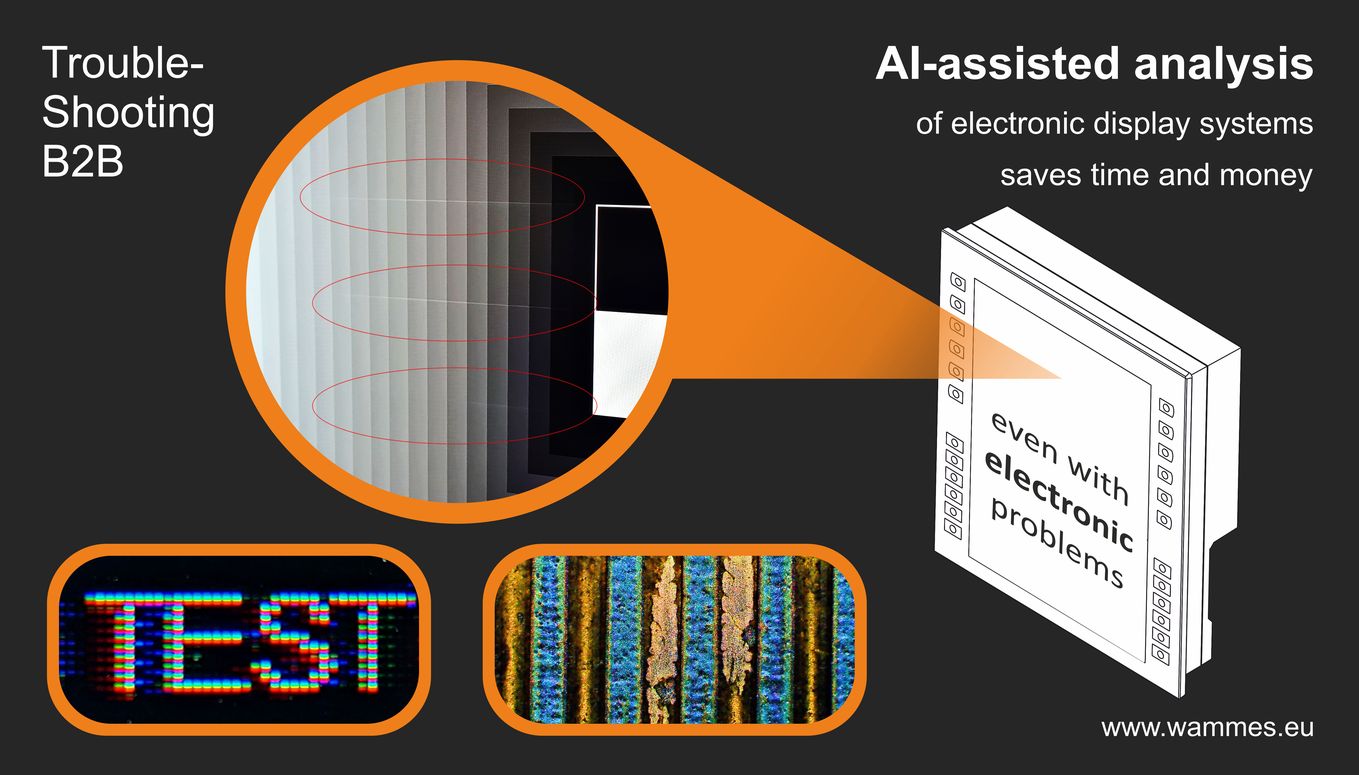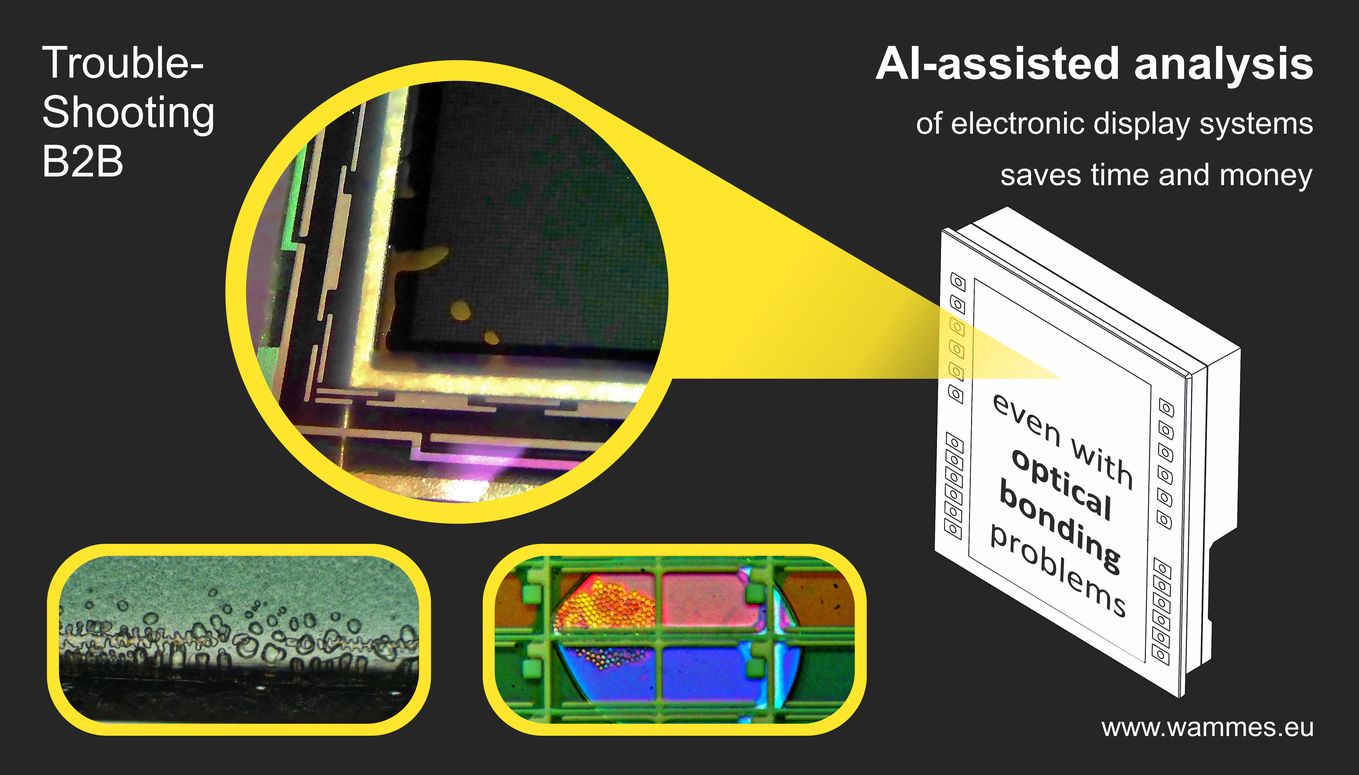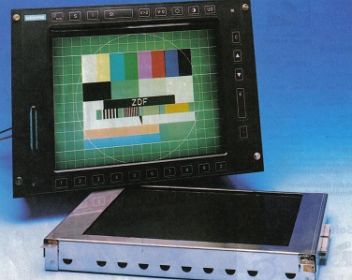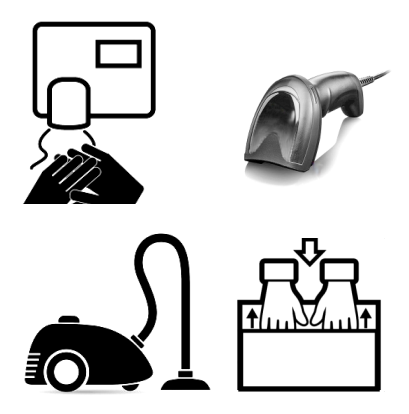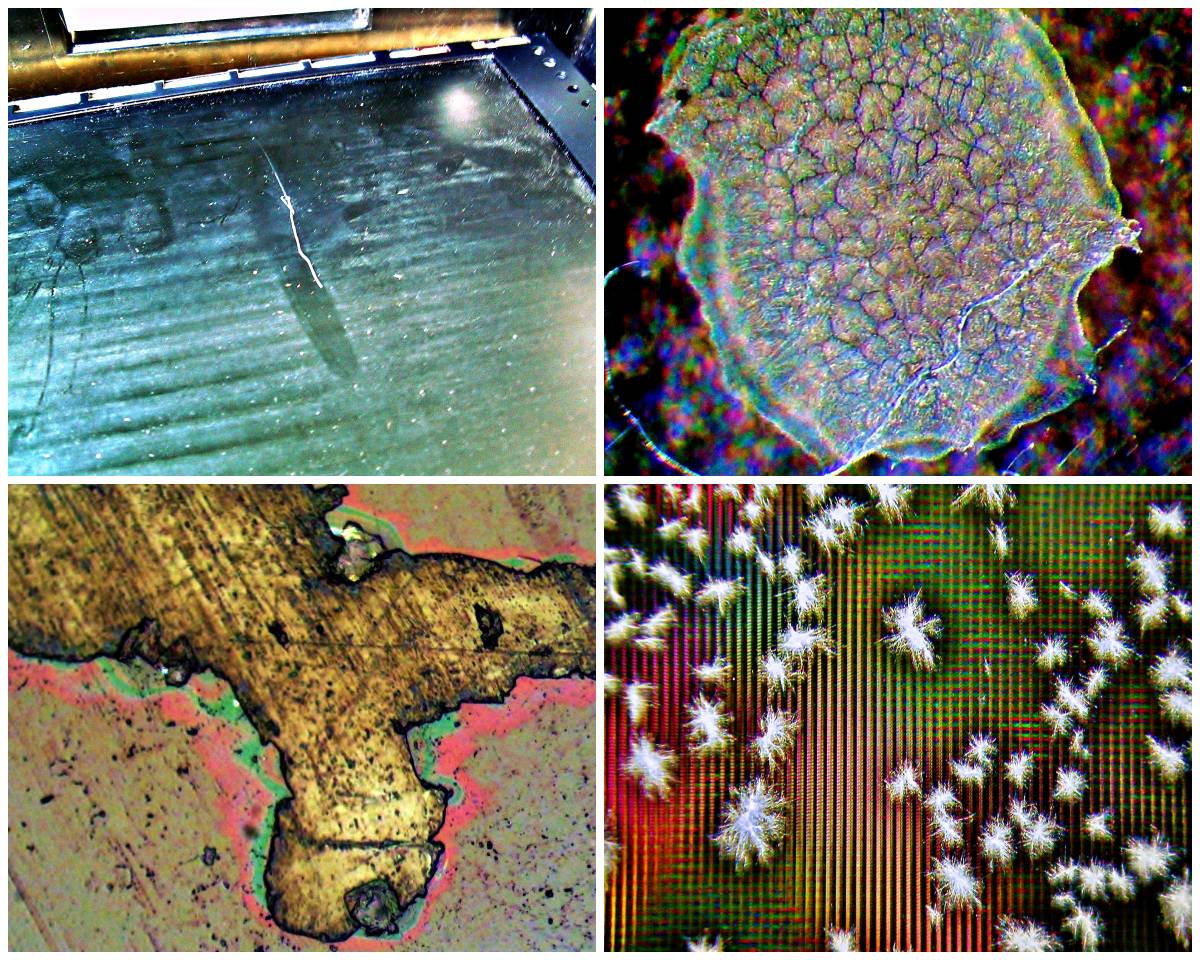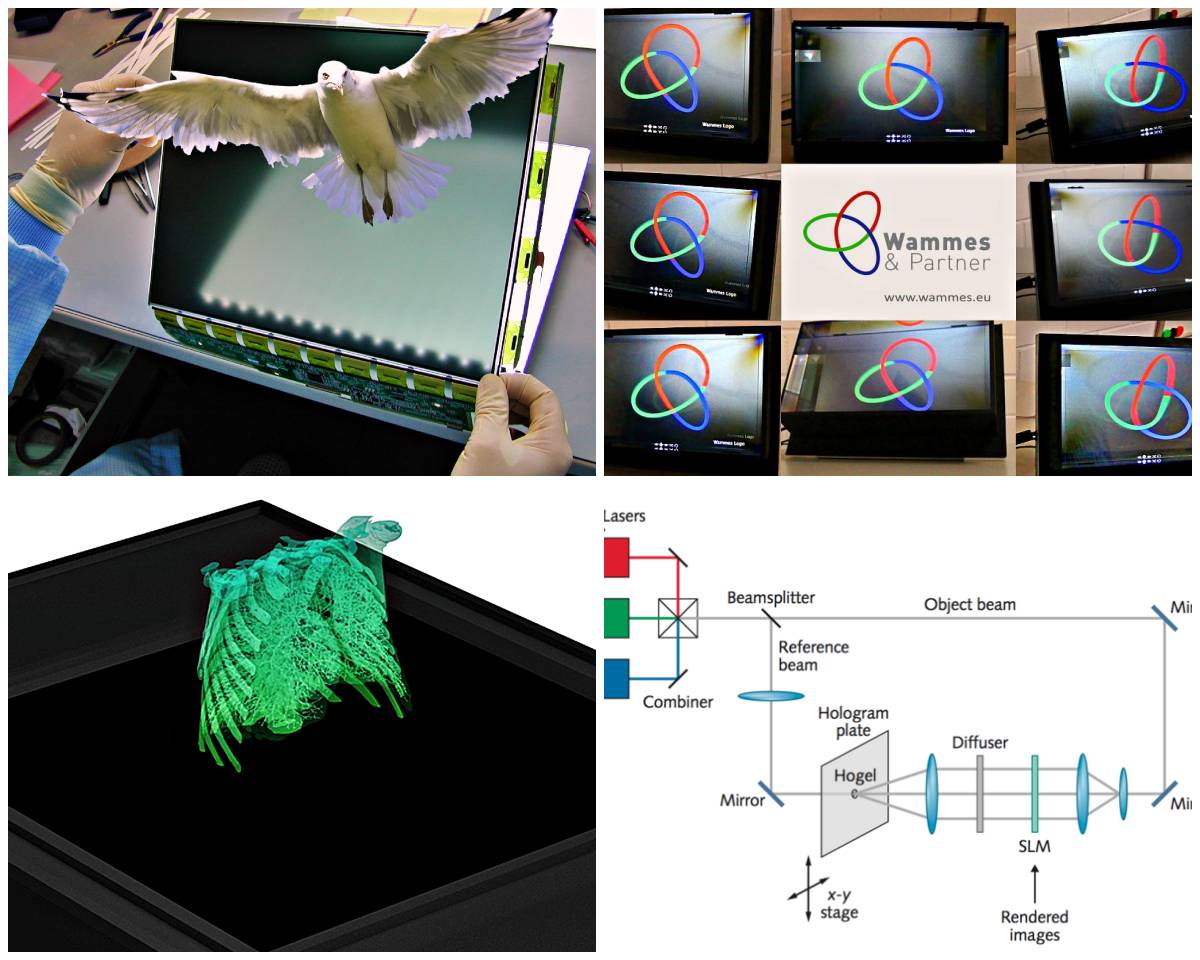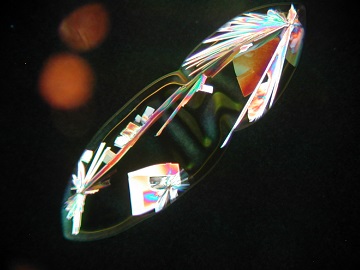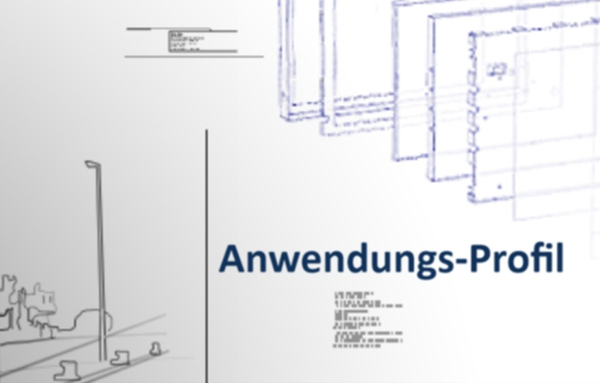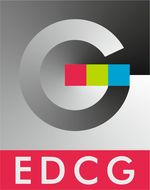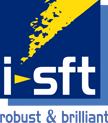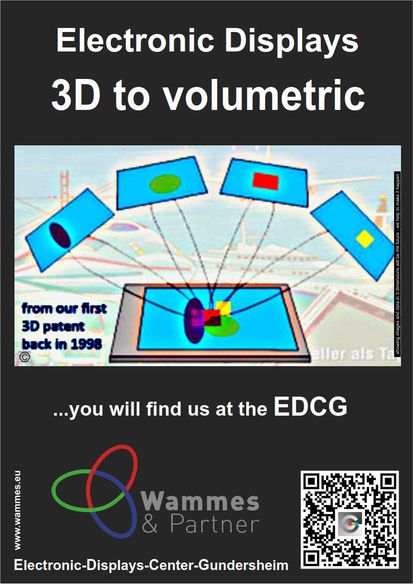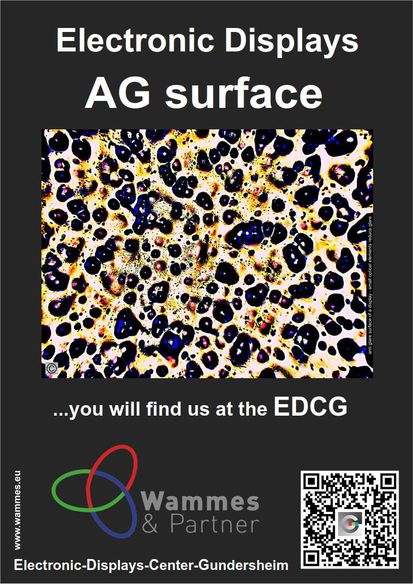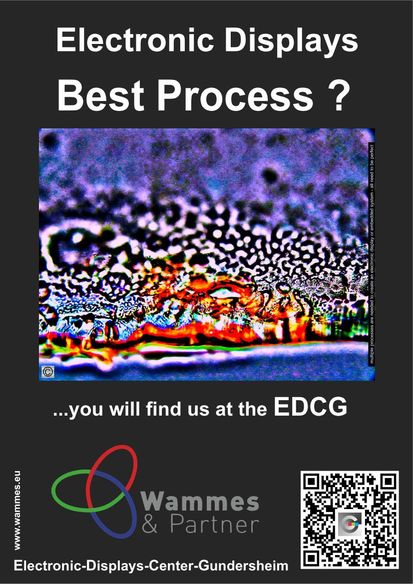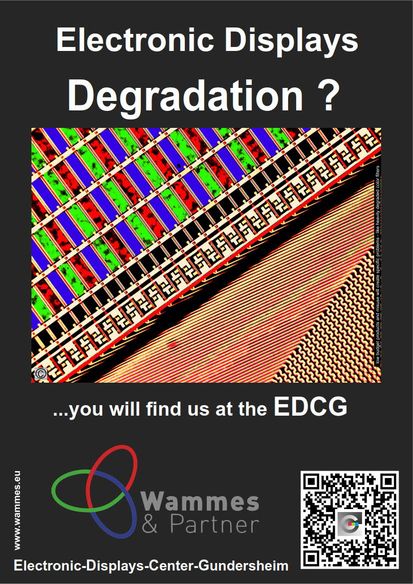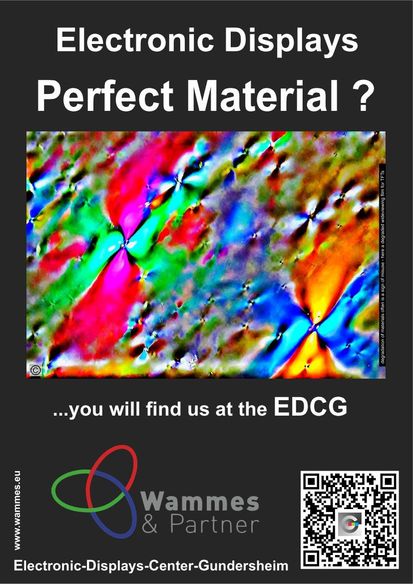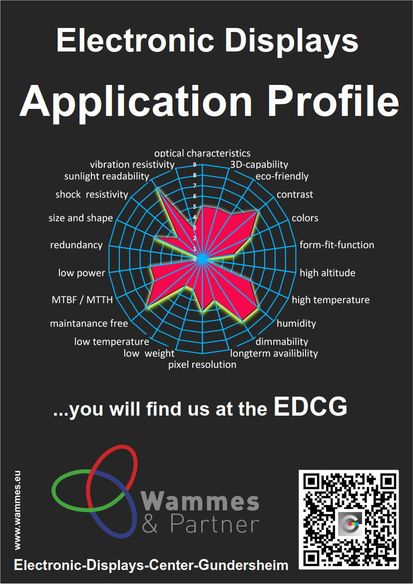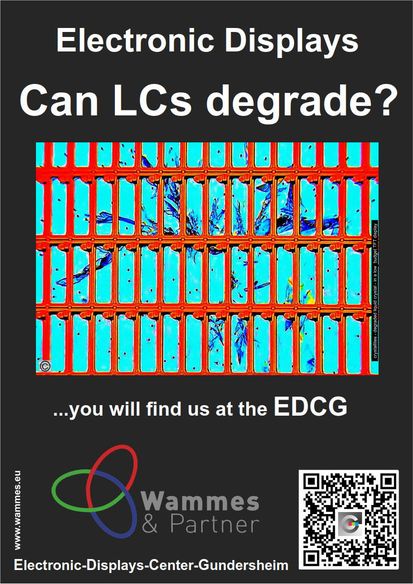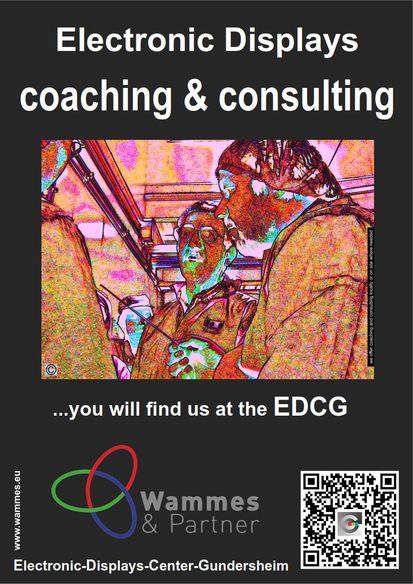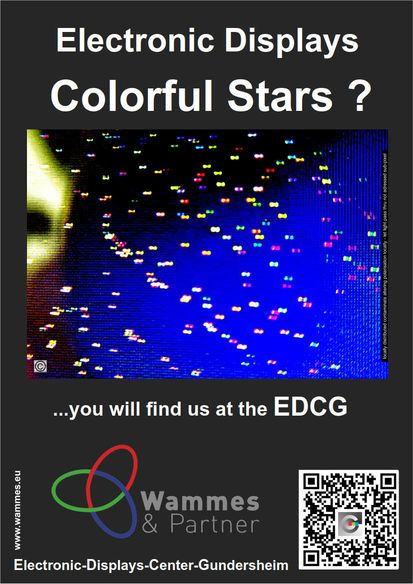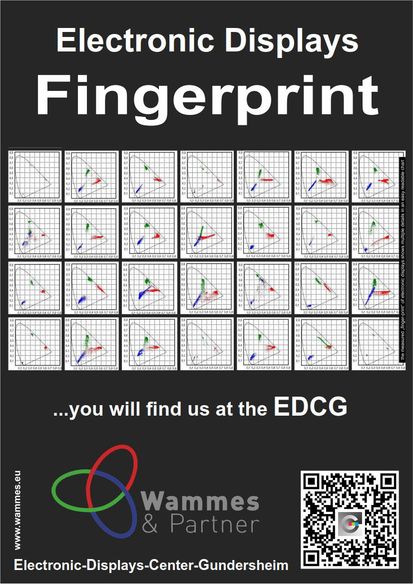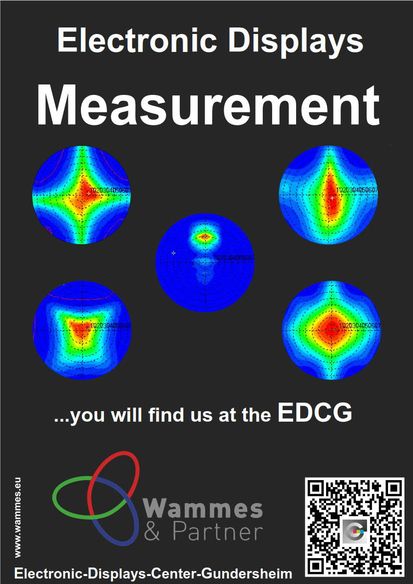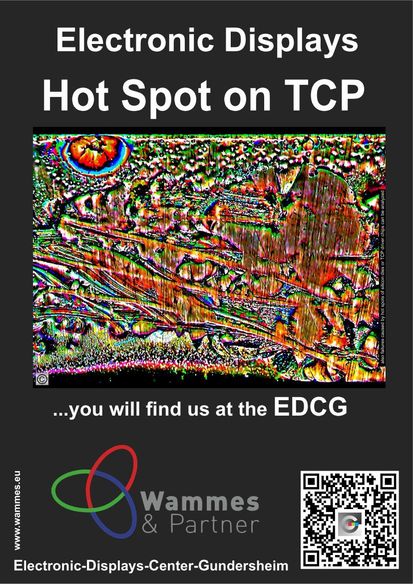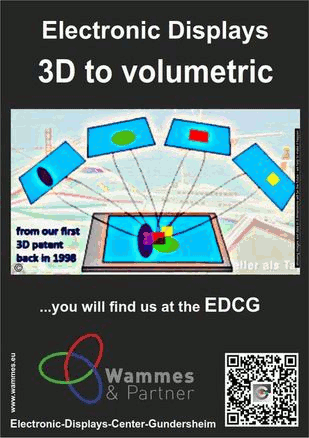Klaus Wammes explains at the third quarterly meeting 2015 of the COG how to implement long-term availability and reliability of displays
Gundersheim 29th September 2015. Displays are not necessarily disposable commodity. At the third quarterly meeting of the COG (Component Obsolescence Group) Germany e.V. Klaus Wammes therefore gives a lecture on long-term availability of displays. Wammes is the CEO of i-sft, a supplier, manufacturer and leading provider of highly specialized technical services and customized display solutions for use in the capital goods sector. In his talk he also explains the context of cost and profit centers, outsourcing of expertise and the provision of expert advice and that continuing availability can only be guaranteed through a cooperation of all stakeholders that may occur along the value chain.
In its lecture series, the industrial association COG is dealing with obsolescence management. That are in general all subjects related to long-term availability of resources in the production: from supply chain management to the availability of subsequent development. Particularly the COG focusses on minimizing the impacts which result from no longer available processes, materials and products if these are still used or have to be used. Wammes as an expert in development, analysis, modification, procurement, manufacturing and consultancy services relating to display therefore specially talks about what "form, fit and function" and "identical" means in the context of long-term availability for displays.
In connection with that he also describes his principle of the "technology-kit". It is designed to keep available required materials and procedures or their equivalent replacements permanently. Although they could have been replaced for legal or economic reasons. "Only if it is possible to use exactly known materials and procedures for different projects over a long period, it is also possible to offer them in a consistent quality and at an acceptable cost," explains Wammes.
For Wammes the long-term availability of displays has to be considered individually for each customer. Nevertheless, today four properties are mainly required: the replacement must be cheaper than the original, it must be available quickly, it must not cause storage costs and the system supplier must undertake to compensate all occurring uncertainties. However, whether these properties are always feasible, depends on the situation and not least of a systemic cooperation of all stakeholders.




